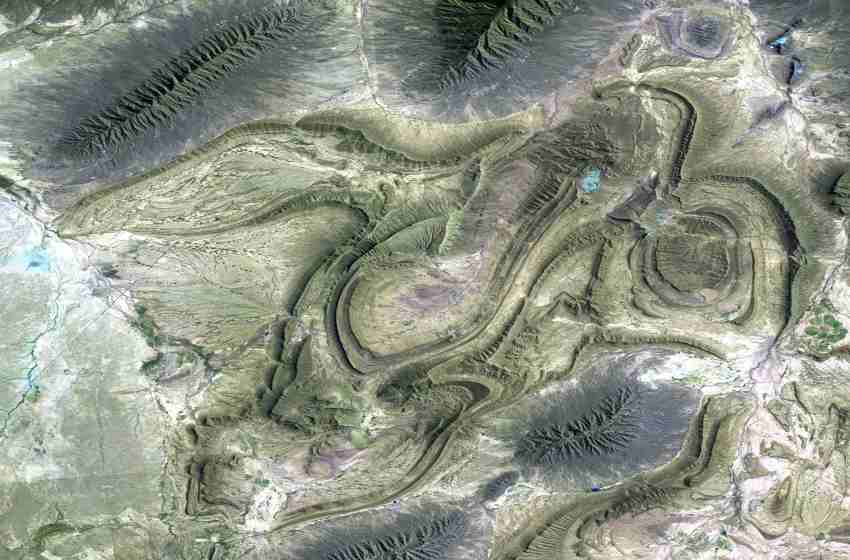The study of geography involves knowing about the earth in detail. About the landscape, climate and environment, people and places, the physical features and the political world. Geography if taken literally means ‘ to write about the Earth’. It is a combination of natural sciences with physical science. It studies phenomenons and processes of the earth.
Geography encompasses a wide range of divisions that can be studied separately and form a whole segment of learning.
Physical Geography: Includes study of the atmosphere, lithosphere, hydrosphere, photosphere, and the various flora and fauna on earth.
Human Geography: The study of people and their relation with the earth.
Economic Geography: Study to explore the production and distribution of wealth, commodities, and the spatial distribution of economic conditions.
Population Geography: Study of birth and death, and marriage patterns, the distribution, migration, as well as the growth of population in specific areas.
Geography of Religions: Study of the distribution (geographic) of religious groups.
Medical Geography: Studying the geographic distribution of diseases, their effects, causes, casualties and treatment.
Military Geography: Study of geographic distribution of the military groups, and deals with the application of geographic knowledge in the solving of military problems.
Political Geography: Study of the boundaries of countries, states, and of national development, international organizations and relations.
Agricultural and Rural Geography: Study of agriculture and its geographic distribution, rural areas and their development.
Urban Geography: Studies the location, formation and structure, development and growth of cities – from village to metropolis.
Transportation Geography: Study of modes of transport, routes and networks, and how they are made accessible.
Bio-geography: Study of geographic distribution of animals and plants.
Geography of Water Resources: Exploring the source of water on earth, its origin and source, distribution, storage and usage.
Climate Geography: Study of climate and factors that affect it.
Geo-morphology: Study of the landforms on earth – their development to disappearance.
Hazards Geography: The study of the natural disasters and their effects on life on earth.
Mountain Geography: Study of mountain ranges, formation, erosion and composition, and effects on environment, weather etc. .
Cryo-sphere Geography: Study of the presence of ice on earth in the form of glaciers and continents, and ice sheets.
Arid Regions Geography: Study of arid regions. And life there and its effects on life.
Coastal and Marine Geography: Study of the coastal and marine areas and life.
Soils Geography: Study of the soil – composition, distribution, formation, erosion.
Applied Geography: Application of geography in daily life activities and to solve problems.
Cartography: Deals with mapping
Historical Geography: Study of the history of geography – natural and physical.
Remote Sensing: The use of satellites to study the physical features of earth. And such information is utilized.
Quantitative Methods: The application of mathematical tools to study of geography, and various branches of it.

